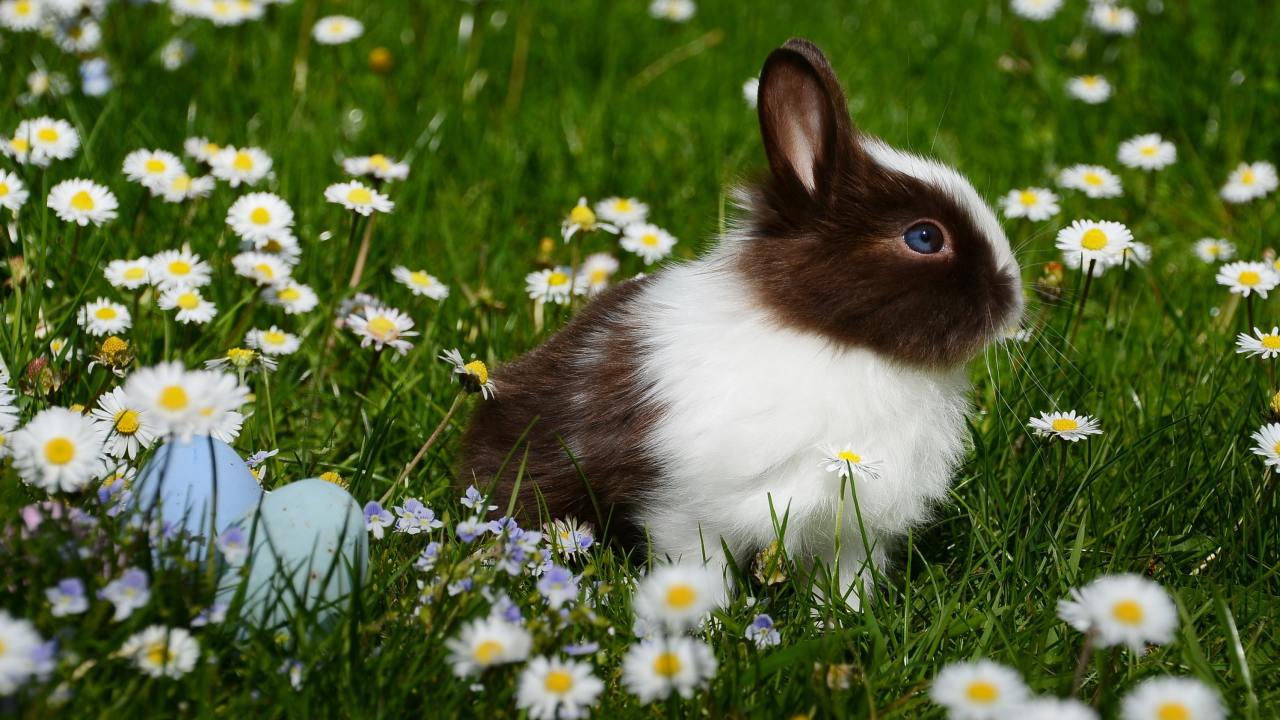
I recently taught a forecasting workshop at the Society for the Preservation of Natural History Collections’ 27th annual meeting in New Haven, Conn. To seed our conversations, I recruited a few twisted brilliant collections managers to write scenarios—short stories that serve as jumping off points for exploring potential futures and their implications for museums. Everyone gravitated towards dark possibilities (Pandemic flu! Economic collapse! Massive coastal flooding!) so I had the thankless task of writing a happy-fuzzy-bunnies-and-flowers scenario. This predominance of dark imaginings is typical, in my experience, which left me wondering—are museum professionals, for the most part, pessimists; are scary stories just more fun; or are bright futures inherently less credible? Read my “happy” scenario, below (which isn’t actually all sweetness and light) and think it over.
2036: Biology Saves the Day
The early 2020’s also saw two major breakthroughs in health care: the development of several new antibiotics effective against a growing number of drug-resistant bacteria; and a practical, low-cost treatment for diabetes. The latter was particularly important in the U.S. given the fallout from the obesity crisis that started in the early 2000’s—by 2030 over 42 percent of U.S. residents were obese and 25 percent had diabetes. Both these breakthroughs arose from genomic research conducted on museum collections. As a result, many museums are being courted by major pharmaceutical companies offering lucrative sponsorships in return for exclusive access to collections. Meanwhile, museums experience a surge in repatriation requests from countries seeking control over their biological heritage.
The major economic drivers in the U.S. for the past two decades have been genomics, big data and bioengineering. The proliferation of national and international regulations promoting organic agriculture, and the decreasing resistance to genetically modified organisms, created a race to discover and exploit genetic resources leading to “naturally” pest and weed-resistant crops. However, the back-lash to this approach fueled a “Natural Foods” movement, leading to resurgence in agriculture and animal husbandry devoted to non-GMO rare and heritage breeds and traditional crops.
Global political unrest has disrupted the production and distribution of oil from foreign sources. The massive legal settlement in 2018 against Exxon Mobile over the devastating health effects of the Marcellus Shale fracking effectively ended this form of natural gas mining. However, at about that same time, Exxon Mobile began scaling up commercial production of biofuels from algal aquiculture. By 2021 .42 percent of U.S. landmass (about 15,000 square miles, half the size of Maine) is devoted to aquaculture, fully meeting national energy needs. The massive amount of carbon sucked out of the atmosphere by algal culture has helped to slow global warming.
With the energy companies competing to discover, develop and exploit the most productive algal hybrids, the drug companies racing to discover the next biological magic bullet and big agriculture shifting its focus to independence from drugs and chemicals, ecology and taxonomy are booming fields, sucking up graduates as fast as they can earn their degrees.
- List the trends and any disruptive events, described or implied, that create the future depicted in this story.
- What would the implications of this future be for museums in general, and natural history museums and collections in particular?
- What might natural history museums and collections do differently to thrive in this future?
- How might this scenario be extended? Where might the story go from here? Where does this future lead beyond what I have written?









I also teach scenario planning (to school leaders) and am often surprised at how dark the predictions can sometimes be. Change is scary and we tend to automatically fear the unknown before considering the good side of change.
I noticed last night while re-watching Sherlock Holmes that the close of the 2nd movie, which foreshadows the coming of Industrial Age warfare, is ominous and dreadful…yet I'm willing to bet very few of us would opt to go back to live permanently in Victorian London. I plan to point this out next time I facilitate: that even knowing some of the downsides of progress, many of us consider the current day and age a vast improvement over the past.